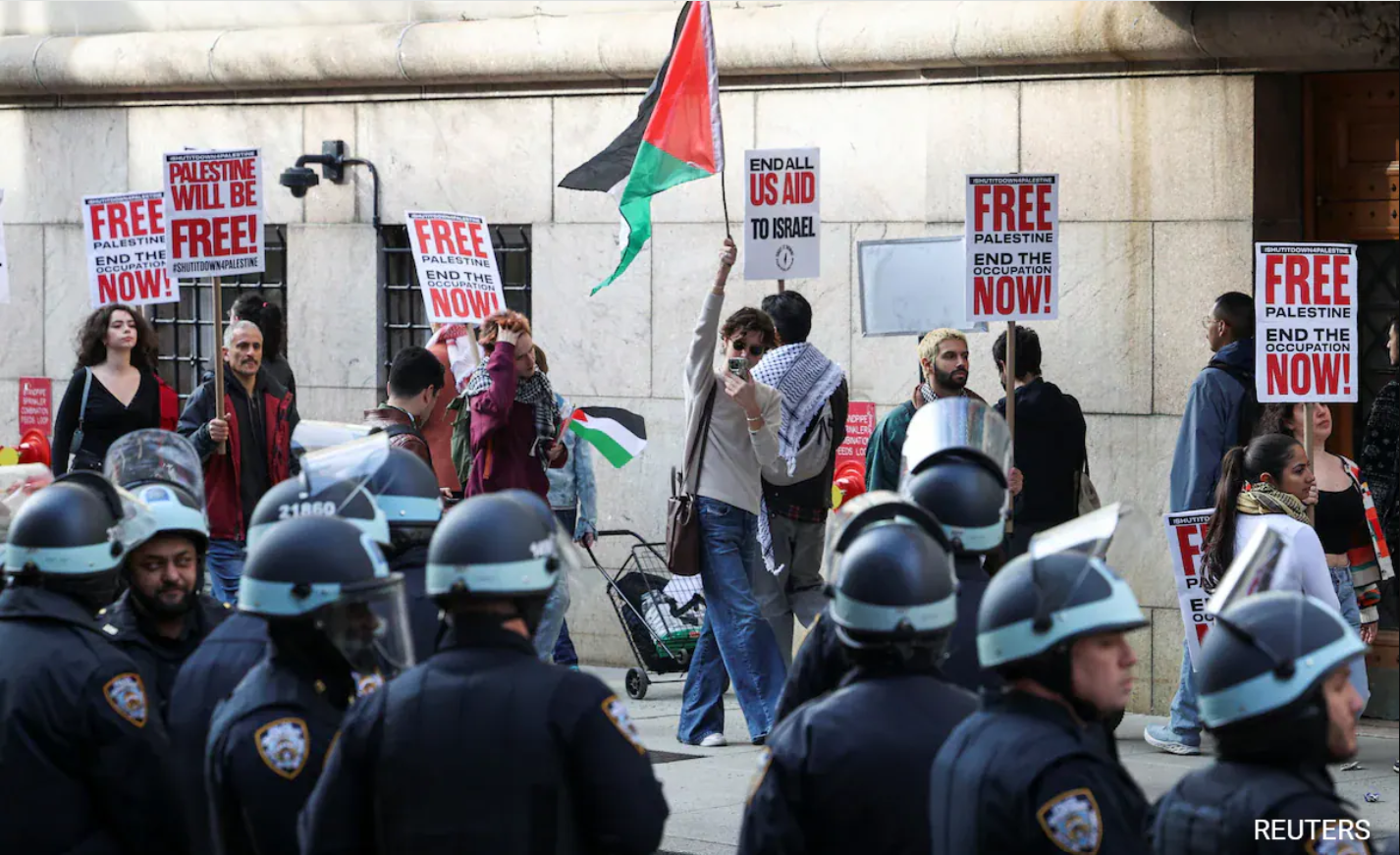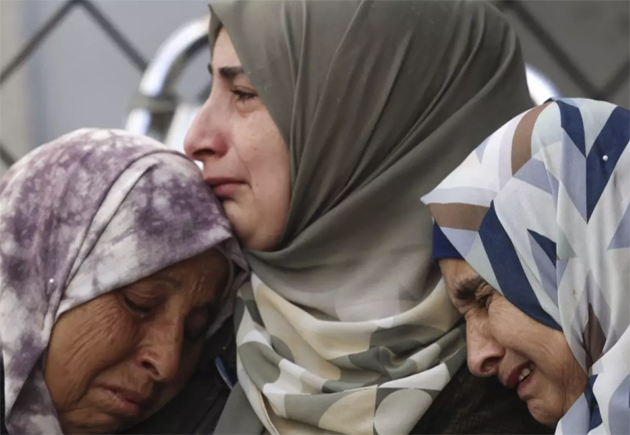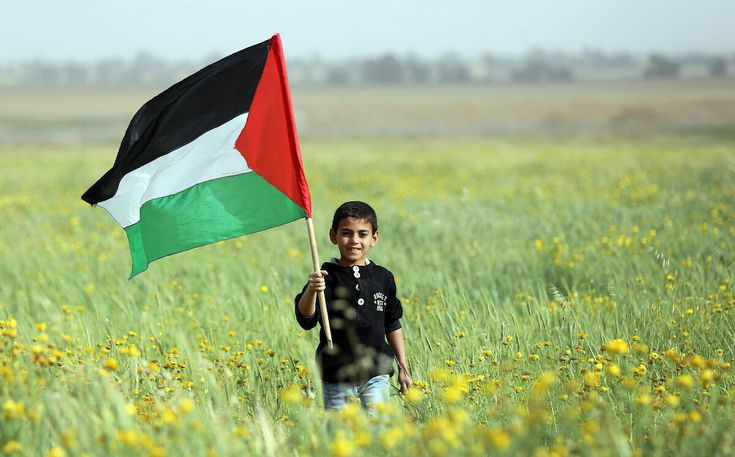
It is called the “City of Patriarchs.” Regarded as a holy site for Muslims, Jews and Christians, Hebron exists today within a schizophrenic state between Palestinians and Jewish settlers. It lingers, as its tragic present eats away at the remnants of a gilded past.
Upon entering Hebron’s old city, I could not help but compare it to that of Jerusalem. It’s like walking through a depressing, deflated version of Jerusalem’s lively, tourist haven. There are similarities: old men chatting in huddles, drinking tea and strumming their prayer beads, looking on as shopkeepers welcome us in to buy their wares. For the most part, though, it exists in striking contrast to that of its Jerusalem counterpart. Nearly a ghost-town, Hebron has been stripped of its splendor, broken down to reveal the less than modest living of Khalilis [Hebron's native population]. While Jerusalem’s Old City has light bouncing off the storefronts’ colorful array of jewelry and ceramics, the light in Hebron resembles the chaotic collection of flickering tube lights reminiscent of a doctor’s office. Even the sunlight is oppressed from entering; sifting in through the wire nets the underground Palestinian city is forced to put up to protect it from the trash Israeli settlers throw down from their homes up above.
Hebron exists within the violated crevices of the Oslo agreement, which divided the city into two sections that sound more like viruses than a place one could call home: Area H1 is supposed to be controlled by Palestinians, while area H2 is under Israeli domain. However, in response to the violence which broke out during the second intifada, the Israeli army now has full control of the entire city. Operating in violation of the agreement, the army constructed permanent watchtowers in 2005 in addition to hundreds more walls which further restrict freedom of movement. Palestinians in Hebron live asphyxiated, the noose of the Israeli army's strong presence wrapped tightly around their everyday lives.
Basma and her family live in this place. In fact, they live in the only Palestinian home of its kind – next door to an Israeli settlement. Their roof is the residence of an Israeli outpost, constantly guarded by one or more soldiers armed with massive machine guns. These soldiers watched us carefully; their hands positioned cautiously on their guns as Basma’s children giddily invited us up to play a game of tag. Basma explained that they very rarely, if ever, leave the house. This is not only because of the prolonged curfews, but even within the confines of their home, the family faces daily harassment from their Israeli neighbors. They spit down on the family through the wire nets, call them nasty names, and throw down stones, dirt, and boiling water. Basma fears that if they go outside, such bullying will only be more violent.
It is Hebron’s spiritual spaces, though, which seemed to best highlight the city’s schizophrenic existence. The Ibrahimi Mosque and the Abrahama Avinu Synagogue are separated by a wall, and both have windows looking into the tomb of Abraham, where he is believed to be buried. Peering through the window from the mosque, I could see a Jewish woman praying towards the tomb from within the synagogue. The common ground between these two religious traditions is glaringly obvious, but grossly overlooked. It’s another unsettling admonition of how the state’s political packaging of Zionist existentialism has wrought both physical and emotional barriers between communities.
Due to my background, discernable through my choice of dress, I was advised not to enter the synagogue. Not wanting to incite settler anger, it was a precaution I adhered to without contest. My friends who roamed around inside, reported back: Like the mosque, the synagogue is guarded by heavily armed Israeli soldiers; the mosque’s call to prayer reverberated loudly throughout it, as though it were coming from within the Abrahama Avinu itself.
Entering the mosque required us to pass through an Israeli guard post. It was my first experience being in such a space, as a soldier pointed his gun directly at me. My headscarf revealed more than my spiritual inclinations. It simultaneously exposed the apparent racism pervasive in Israeli security procedures. I was asked to provide identification, while my “obvious” and “proper Western” peers from Europe, were not. Nonetheless, in their company, I could not help but feel ashamed by the bizarre sense of protection I felt. It made me realize how deep the occupation cuts through; not just through its volatile military means, but by its attempts to strip a person of one's innate sense of pride in their identity, and replace it with contemptible fears.
It is a pity that the mosque is best known neither for its historical significance, nor for its striking architecture but rather for the brutal massacre of February 1994, in which a Jewish settler went on a murderous rampage killing more than 30 Muslim worshippers and injuring 270 more. It was the holy month of Ramadan, and they were in the midst of performing the dawn prayer. You can still see the bullet holes in the walls.
Yet, despite these underlying tensions, worshippers continue to faithfully attend prayers at the mosque. In fact, life goes on across the city. People continue to go about their business buying bread and fruit from the street vendors; children kick footballs up against walls inundated in graffiti; and policemen direct traffic in a city that is ultimately, not within their control.
It’s nice to think that perhaps one day, Hebron will regain its glory and exist as it’s meant to: a harmonious spiritual space which unifies religious communities in a city paved with the footprints of prophets and saints. However, as long as the Israeli army continues to reside there illegally, as long as Palestinians continue to be suffocated and shoved over to make room for Israeli settlers, such a reality will continue to be what it is – little more than a dream.
Amina Waheed is a Writer for the Media and Information Department at the Palestinian Initiative for the Promotion of Global Dialogue and Democracy (MIFTAH). She can be contacted at mid@miftah.org.







